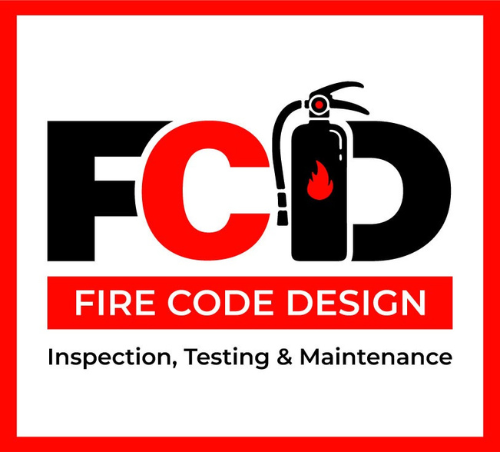CYLINDER HYDROSTATIC TESTING
We perform visual inspection as well as government controlled (TC#047) and certified hydrostatic testing of cylinders of all sizes. We can also refill all SCUBA and SCBA cylinders with laboratory tested, clean, dry breathing air and CO2 cylinders with fresh carbon dioxide eliminating the need to make a second stop before getting back to business as usual.
During a hydrostatic test, a pressure vessel is placed inside a closed system, usually a test jacket filled with water, and a specified internal water pressure is applied to the container inside this closed system. The applied internal pressure causes an expansion of the container being tested, and the total and permanent expansion that the container undergoes are measured. These volumetric expansion measurements, in conjunction with an internal and external visual inspection of the container, are used to determine if a pressure vessel is safe for continued use, or has suffered from a degradation in its structural integrity and must be condemned.
We carry a large supply of valves and valve parts on hand, so we have the ability to perform repairs and rebuilding on a large number of valve styles.
High pressure cylinders are required to be hydrostatically tested every 5 years with the exception of composite and hoop wrapped cylinders manufactured prior to 2002 which are required to be tested every 3 years. All composite or wrapped cylinders have a 15 year service life.
Types of Equipment We Hydro Test
Fire Code Design performs hydro testing on both low and high-pressure cylinders. Along with hand portable and wheeled fire extinguishers, we also hydro test restaurant, vehicle, and clean agent cylinders.
Oxygen and nitrogen cylinder testing
Paintball tank pressure testing
SCBA hydrostatic testing
And more
Who Needs Hydrostatic Testing?
Anyone with pressurized cylinders is required by law to schedule ongoing maintenance and regular hydro inspections. Dependable fire protection equipment helps keep your building and people safe during an emergency. We work with a variety of industries to service your fire safety systems.
Agriculture
Commercial
Construction
Gas & Oil
Government
Hospitals & Medical Facilities
Industrial
Surface & Underground Mining (Metal, Non-Metal, Coal)
Religious Institutions
Restaurants
Step 1: Schedule a Drop-off
When it’s time to recertify your tanks, Fire Code Design offers convenient cylinder drop-off services. Every three to twelve years, you can bring your cylinders to our certified hydrostatic testing facility, where our team will assist with unloading. Once testing is complete, we’ll notify you that your equipment is ready for pickup and help you reload the cylinders.
Step 2: Visually Inspect the Tank
Before we can complete a hydrostatic pressure test for your tank, our testing professionals first need to look for any structural compromises on the exterior of the cylinder like deep dents, corrosion, weld damages, and more. If any of these weaknesses are detected, your tank is permanently removed from service.
Step 3: Complete an Internal Inspection
Once all the fittings and exterior material pass inspection, our technicians replace the hoses and valve with hydro testing adapters before fully discharging the tank. Our technicians then use an air hose to remove any remaining agent if applicable. From there, we check for pitting and internal flaws.
Step 4: Run the Hydrostatic Pressure Test
After passing an interior and visual inspection, your cylinder can be safely hydro tested. The chamber is filled with water and pressurized above your tank’s pressure rating. During this process, our testers watch carefully for any pressure drops, an indication that your equipment has a leak and needs to be decommissioned.
Step 5: Refill & Record Your Cylinder
If your cylinder holds pressure throughout the hydrostatic test, it can return to service. Our cylinder technicians will drain and dry the tank, replace old fittings, refill your agent, repressurize the cylinder, and install a tamper seal and hose.
To prove that your cylinder has passed routine inspection, we’ll also attach a label to your low-pressure cylinder with information about the person who completed the test, the date, and the pressure at which the test was performed. High-pressure cylinders will get the ID number and date stamped onto the tank.
Step 6: Arrange a Pick-up Time
You won’t have to wait months for us to return your fire safety systems. Our advanced testing equipment and skilled technicians allow us to quickly perform hydro tests, so you get your fire extinguishers back as soon as possible. Once we’re finished with the hydro test, we reach out to you to schedule a pick-up time that is best for your schedule.

